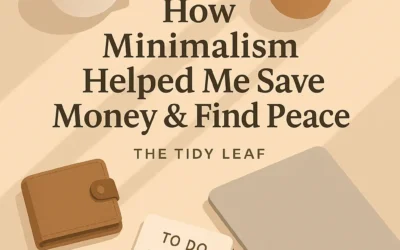Introduction
Overspending was a habit I didn’t realize I had until I took a closer look at my finances. From small daily purchases to big-ticket items, it all added up. Here’s how I stopped overspending and started saving with simple, yet effective steps.
Step 1: Recognizing the Problem
I noticed that I was spending more than I realized, especially on subscriptions and unnecessary purchases. Recognizing the problem was the first step toward fixing it. It’s essential to track where your money goes to understand how much you’re actually spending.
Step 2: Tracking My Expenses
I started using a budget app to log every transaction. This gave me a clear picture of my spending habits and highlighted areas where I could cut back, like eating out or impulse buys.
Check out our Budgeting Tips.
Step 3: Creating a Simple Budget
With my expenses tracked, I created a simple budget. I allocated a set amount for essential expenses and savings each month. I used a budgeting app to keep me on track, which made managing my finances much easier.
Step 4: Cutting Back on Unnecessary Purchases
I reviewed my spending and canceled unused subscriptions, cooked at home more, and stopped making impulse buys. I found that cutting back on these small, non-essential expenses helped me save more.
Step 5: Setting Saving Goals
Setting clear savings goals was key. I aimed to save a set percentage of my income each month for things like an emergency fund and future goals. Having a goal helped me stay motivated.
Step 6: Automating My Savings
I set up automatic transfers to my savings account. This was a game-changer because I didn’t have to think about saving—it just happened. This consistency made a huge impact over time.
Use a budgeting app to track expenses: Mint
Conclusion
By recognizing the problem, tracking my spending, and setting clear goals, I was able to stop overspending and start saving. The process wasn’t hard, but it required focus and discipline. I’m now more in control of my finances, and the results have been rewarding.





0 Comments